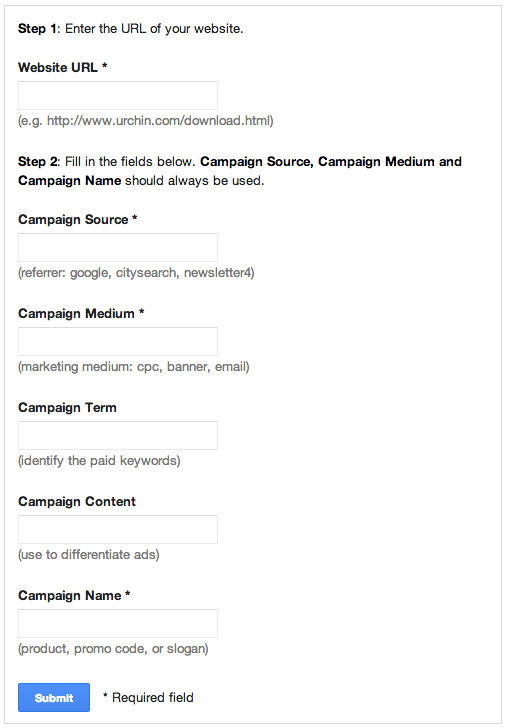A quick search on the Internet reveals many reports that state that roughly 60% of companies around the world use Social Media. It's not surprising with the number of people who are engaged on social platforms or with the way society pushes social media as a must have marketing tool for businesses. After all, what better way to put your product or service in front of millions of people. There isn't a problem with companies using social media, in fact, I recommend it. However, there is a problem when businesses don't know how to measure the effectiveness of their social efforts. If the effectiveness is not being measured, time and money is being wasted. This post will teach you how to measure that effectiveness.
1. Plan Before Executing
Before diving into the depths of social media, it is important that you choose which social platforms you are going to use. There is a large selection even if we concentrate on only the biggest ones: Facebook, Twitter, Pinterest, Google+ and LinkedIn. Remember, this isn't taking channels such as email marketing, Google AdWords, Facebook Adverts and so forth into account. Deciding to use all of the platforms is not an effective way to market your company online, you need to take time to decide what message you want to put out on the social networks and what you're hoping to achieve. This involves defining your target audience and deciding what information they would be interested in.
To help you out, here's an infographic with some insight into social media demographics:


![]()
- utm_source: Facebook
- utm_medium: Post
- utm_campaign: Dear_Seoul
- The utm_source value is 'Facebook'. The traffic coming from this link comes from Facebook.
- The utm_medium value is 'Post'. The traffic coming to this link came from a wall post.
- The utm_campaign value is 'Dear_Seoul' - This is not a required field, but assists when there might be more than one post about a topic allowing for multiple posts to be grouped under one campaign.
- 25,532 likes
- 666 shares
- 226 comments
- How many clicks did the link receive.
- Of the clicks, how long did those visitors stay on the website.
- How many pages did these visitors visit on the website.
- What percentage of the visitors were new visitors to the website.
 Google URL builder
Google URL builder
- Open Google's URL builder: https://support.google.com/analytics/answer/1033867?hl=en
- Enter the destination page you want visitors to arrive at in the Website URL field.
- Enter in the Campaign Source to identify where the visitor comes from, such as Facebook, Twitter, LinkedIn, etc.
- Enter in the Campaign Medium to identify the vehicle for the link delivery, such as wallpost, tweet, etc.
- Enter in the Campaign Name to identify the campaign the link is associated with, such as promocode, weekendspecial, etc.
- Click the submit button to generate your new link.
- Enter the new link you receive from the URL builder into bit.ly, goo.gl or any other URL shortener before sharing it on your social platform so it's easier for your community to consume.
- Use a document to track all the links you share. You may want to share a link twice, a document will allow you to stay organised.
- Log into your Google Analytics account.
- Click on Traffic Sources on the left.
- Click on Sources under Traffic Sources when it appears.
- Click on Campaigns under Sources when it appears.
- Look for the campaign you're wanting to analyse and click it.
- Enjoy seeing the visits, pages/visit, bounce rate and so forth.

 Example of two campaigns
Example of two campaigns